Magpiegifts
Kona Fan
- Feedback
- View
Look forward to seeing the pics
My plan is to let the frame really dry for a few days, then I will take pictures with just the clear coat. On the decals.Look forward to seeing the pics

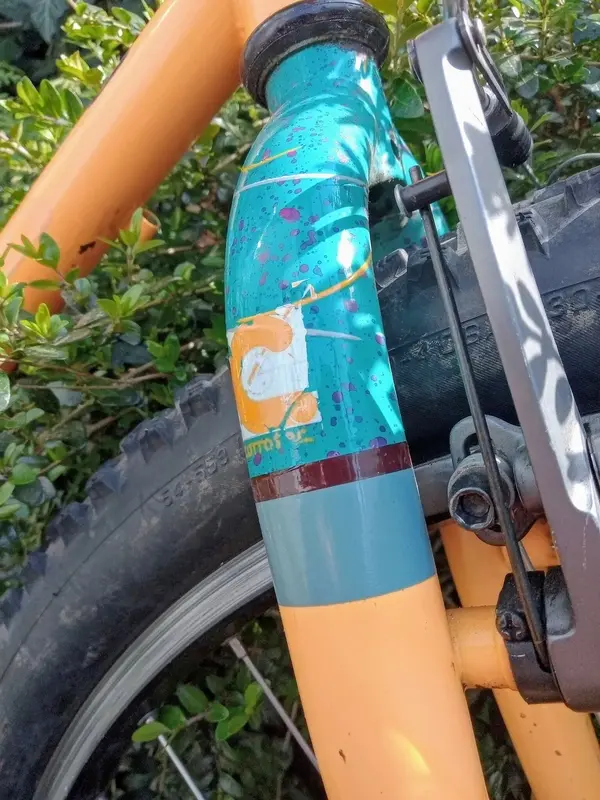
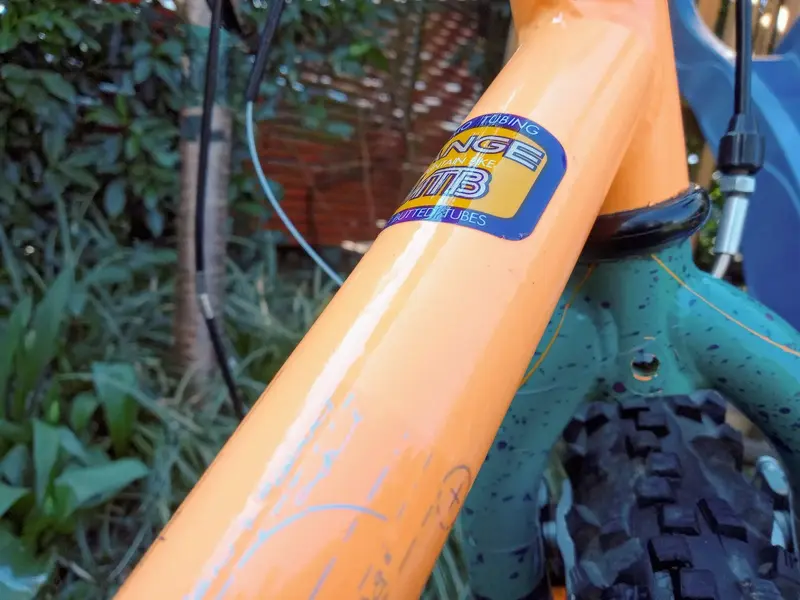
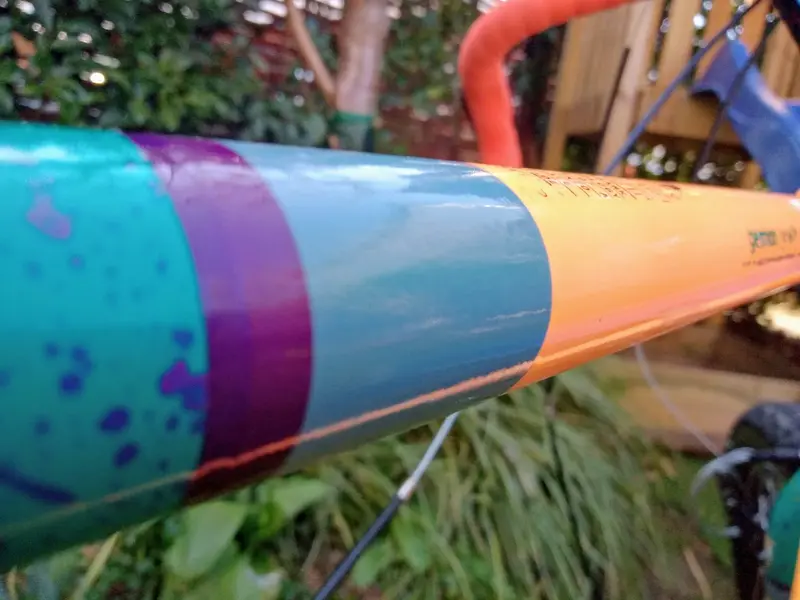
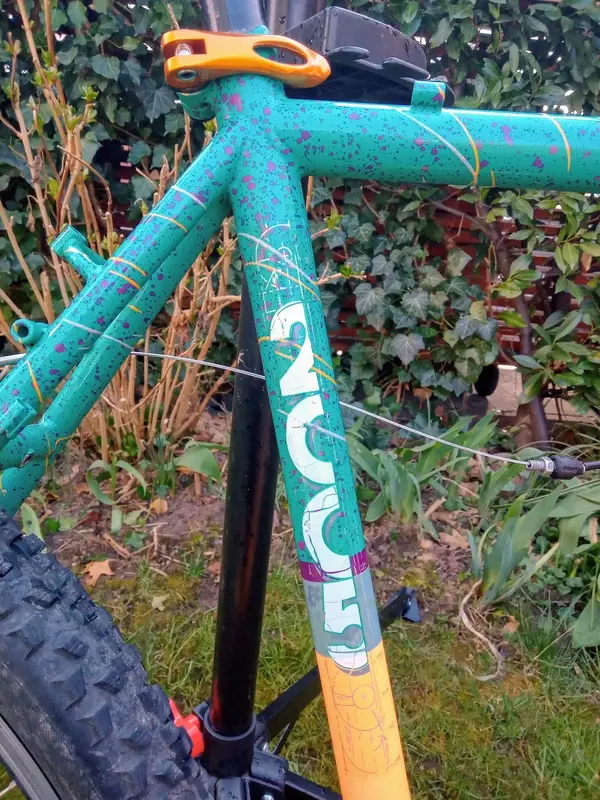
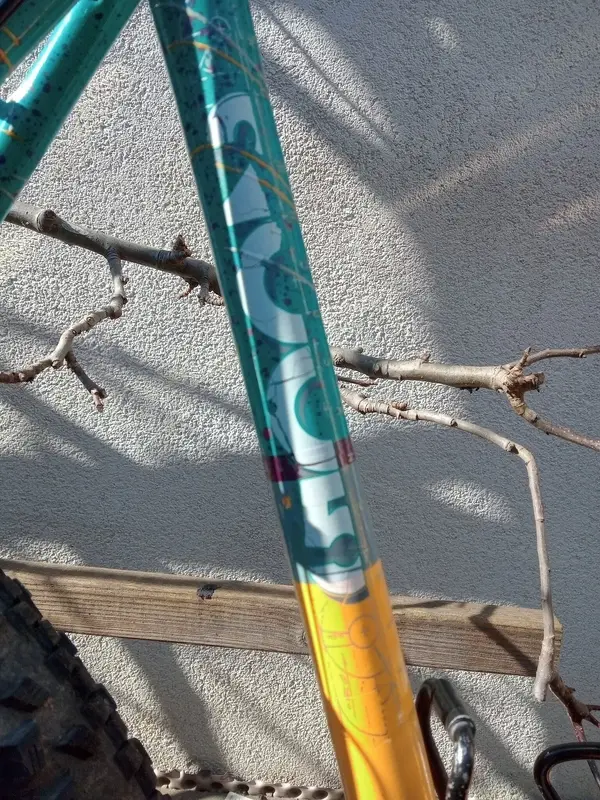
Hey thanks for adding this. The clear coat i used was actually thicker than what I have previously used, but that was always for wood projects. It was even better at self leveling or self smoothing, but i was hesitant to use the same stuff on a bike. But it's good to know there are options what work well on bikes.I think you've done a cracking job (no pun intended).
In case it's of use to anyone else, I'll add:-
I've used a brushing clearcoat on my bikes, it's sold in art shops and the make is Winsor & Newton. Only a small bottle, but it goes a long way - I imagine a whole frame could be clearcoated for less than £10. It has a very long 'open time' ie it takes a very long time to dry, and is almost water-thin, so all brush marks disappear. I even used it on my Daughter's car when we noticed someone's (white car) had scraped the rear bumper (and of course driven off, not told her) luckily the original blue under the clear wasn't damaged, so having cleaned their white paint off I used some of the clearcoat. I tried a small brush, but the 'blobs' I put on looked raised and visible. I then took a chance (confident I could get it off if necessary with white spirit) ... I just 'massaged' the clearcoat over the area with my finger. It looked good, and once dry was invisible. I can't even see the repair and I know where it was! BTW the clearcoat I put on my bikes is 7 years old now, and no discolouration! The particular clear varnish is stated to be non-yellowing, and I believe it. (an enamel clear with no polyurethane in it). I have no connection with W&N, just a very satisfied customer.
Thanks for the tips. I suspected this might be the case with the thickness of the paint. I have also seen some vids of people loading them up with a Pipette so as to keep the outside clean.Most small tin enamel is too thick, you might want to pour a small amount out and pop in a few drops of thinners......otherwise the lines wont flow and it will be very stop/ start.
I also found wiping the back and front on paper ( shiny magazines are good like for mixing on pinstriping) keeps the lugs edges clear and the lines neater.
Great fun.